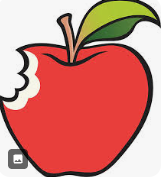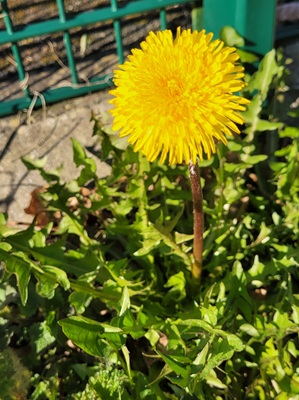Flower Properties
| Property | Value |
|---|---|
| English Name | Dandelion |
| MainColor | Yellow |
| PlantType | |
| Growth Type | |
| Season | Apr-Sep |
| ImageUrl | Taraxacum-001 |
| Photographer | DP |
| Location | Abbots Langley |
| Human Toxicity | Non_Toxic |
Flower Details
Description
The dandelion is a familiar and cheerful yellow-flowered plant found in lawns, meadows, and roadside verges. Its bright blooms turn into iconic fluffy seed heads that disperse with the wind. Though often seen as a weed, it's actually a remarkably useful and versatile plant.
Distribution
Native to Europe and Asia, the dandelion is now widespread across the UK and around the world. It thrives in a wide range of habitats — from well-tended gardens to cracks in city pavements — and is one of the first flowers to bloom in spring, providing vital nectar for early pollinators.
Medicinal/Other Uses

Dandelion has a long history in herbal medicine. Traditionally, its roots were used to support liver and gallbladder function, while the leaves were valued as a natural diuretic (hence the old nickname "piss-a-bed"). It’s also used for digestive support and to help with minor skin conditions.
Edibility

All parts of the dandelion are edible. Young leaves can be added to salads (they’re slightly bitter, like rocket), the flowers can be made into dandelion wine or fritters, and the roots can be roasted to make a coffee substitute. It’s best to harvest from areas free of pollution or pesticides
Human Toxicity
Some people may experience allergic reactions to dandelion, particularly if they have sensitivities to other plants in the daisy family (Asteraceae). Its diuretic effect means it may interact with certain medications. Always consult a healthcare provider if unsure.
Pet Toxicity
Not Toxic
Active Compounds
Dandelion contains a range of beneficial compounds, including inulin (a prebiotic fiber), bitter substances like taraxacin, flavonoids, and sesquiterpene lactones. These contribute to its reputed digestive and detoxifying effects.
